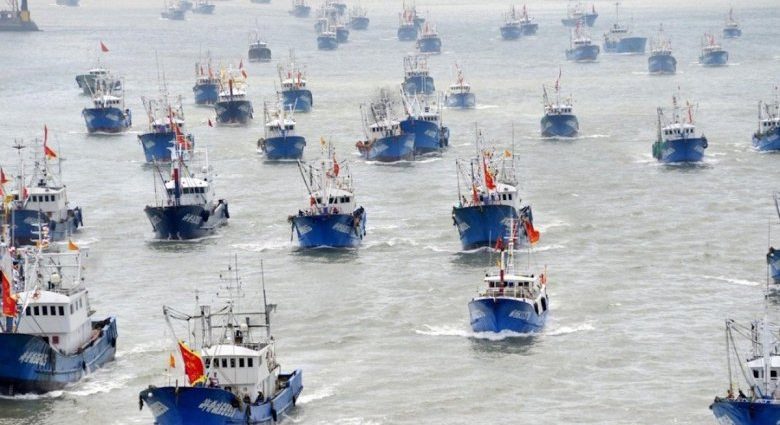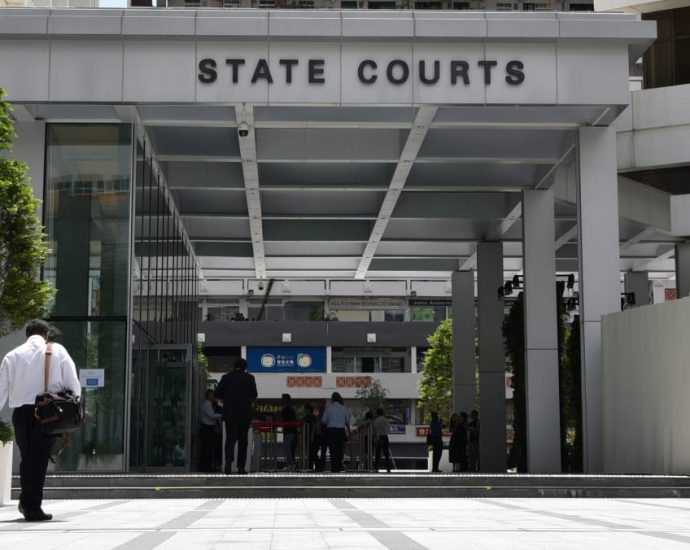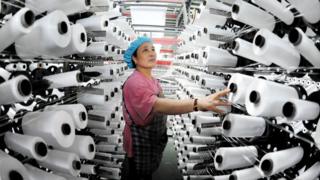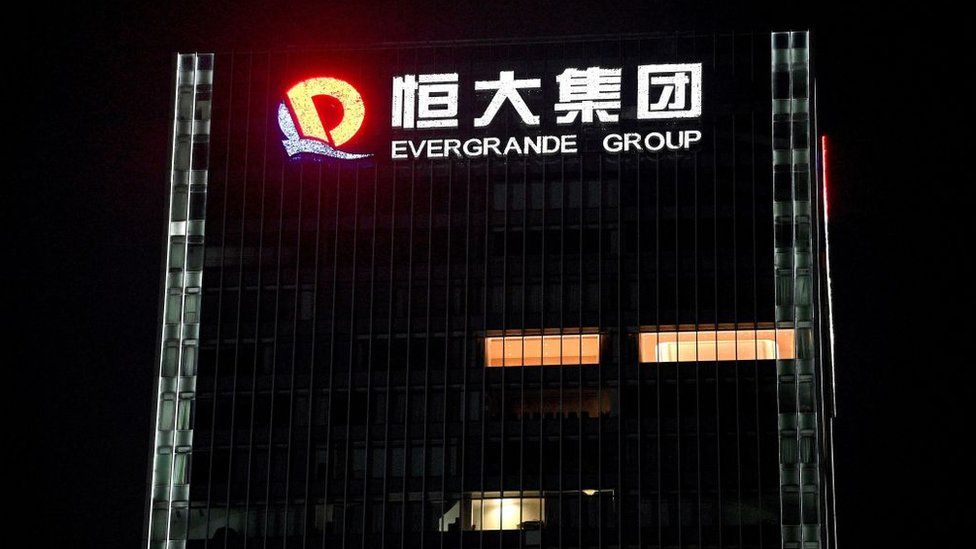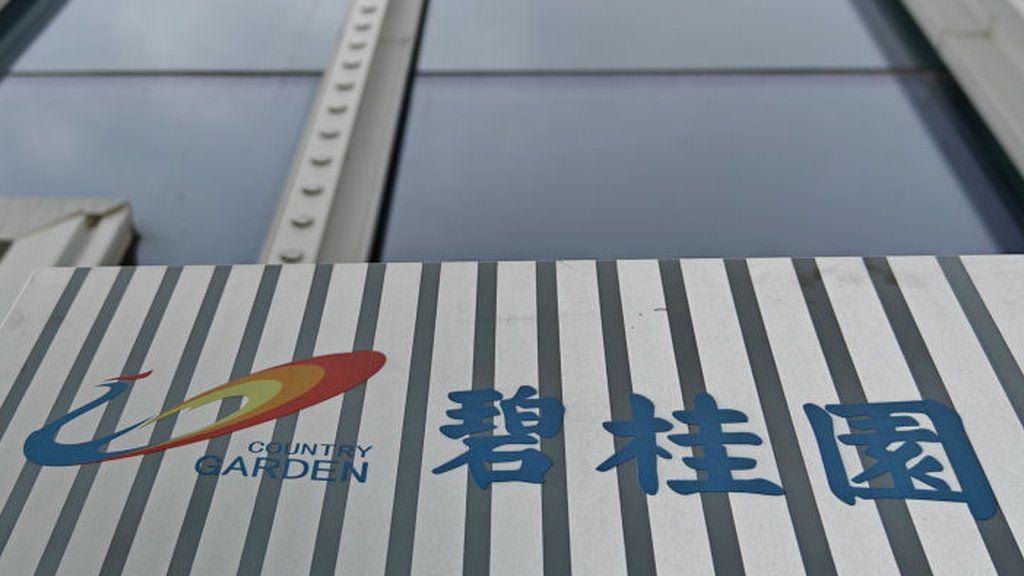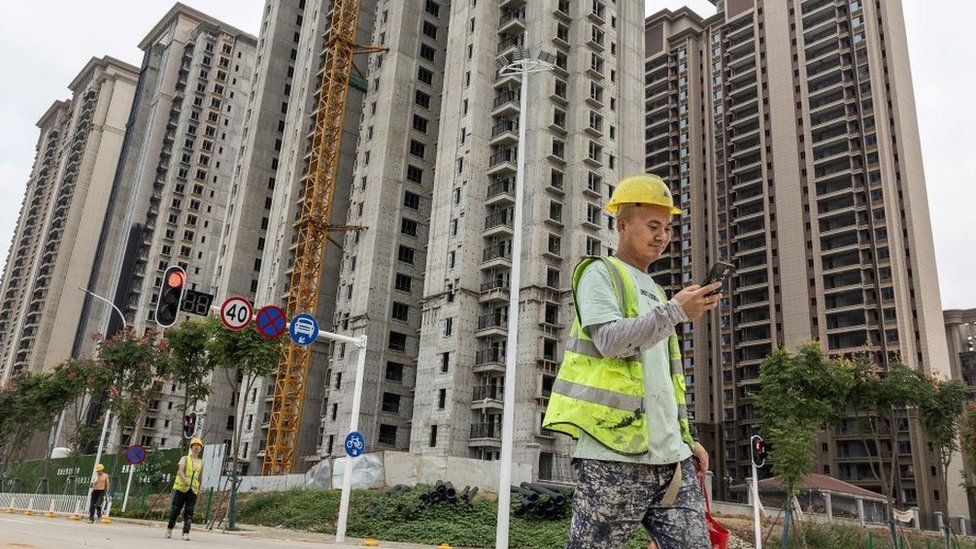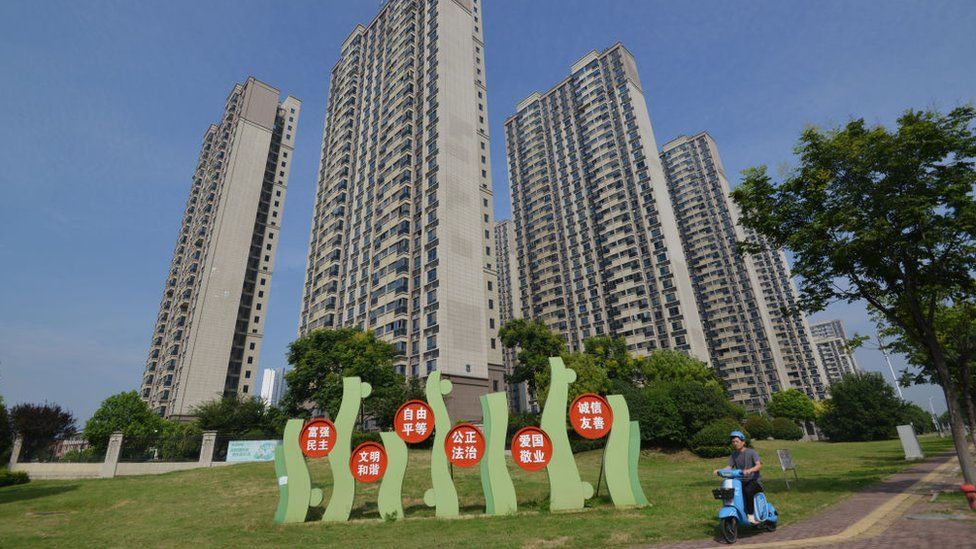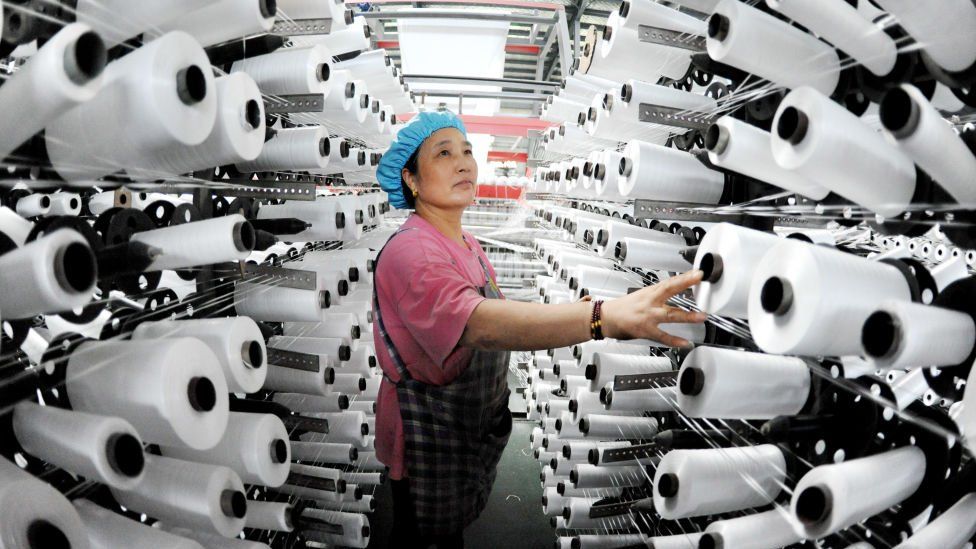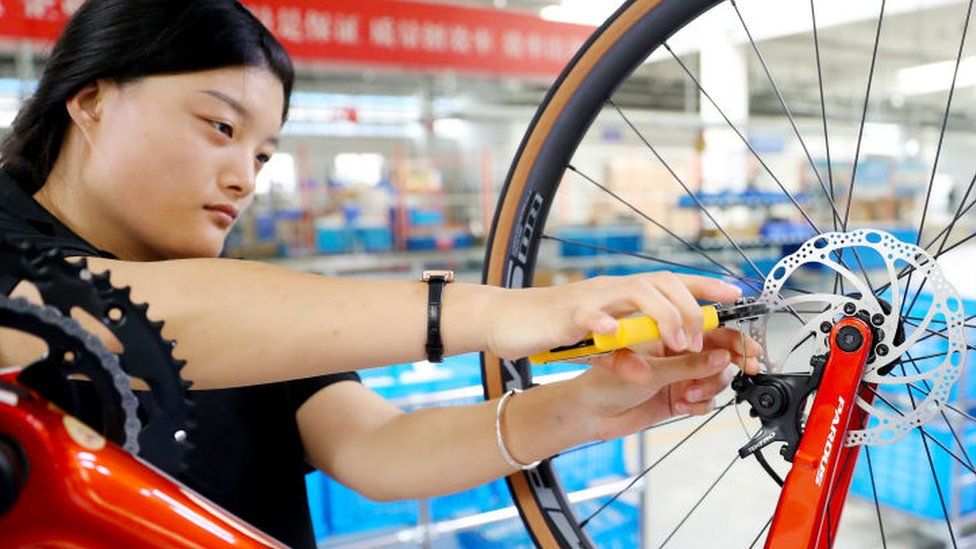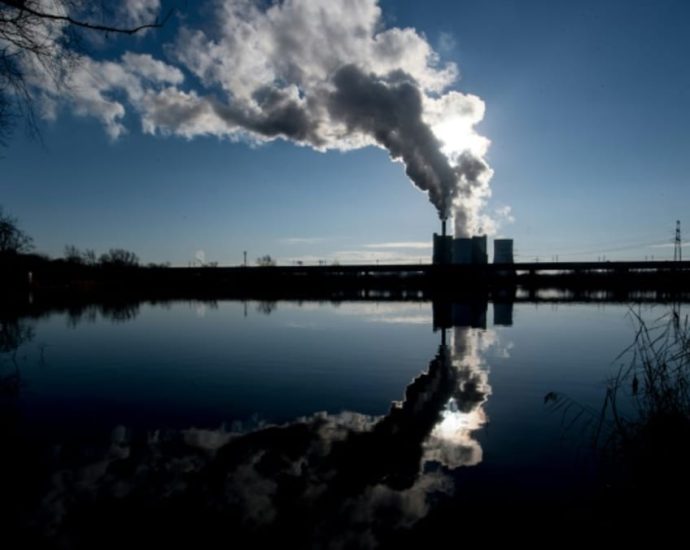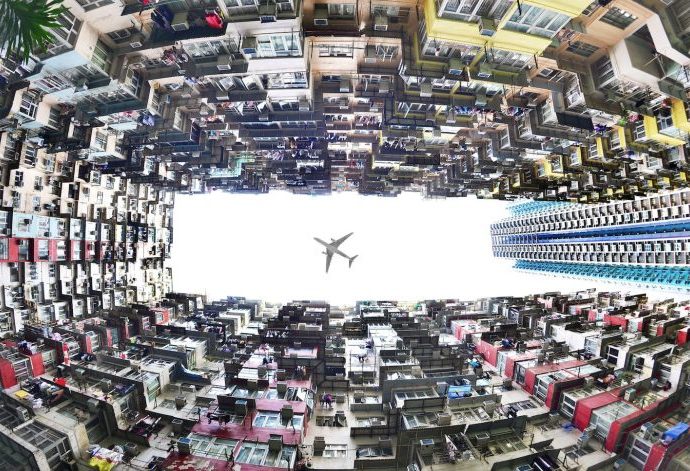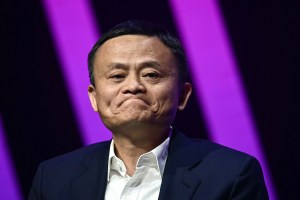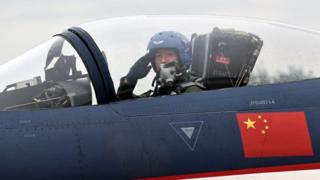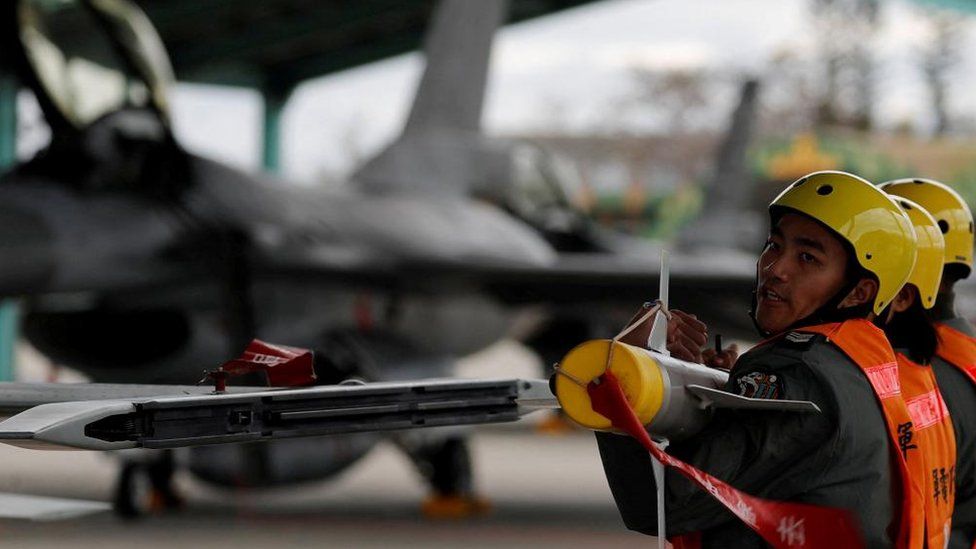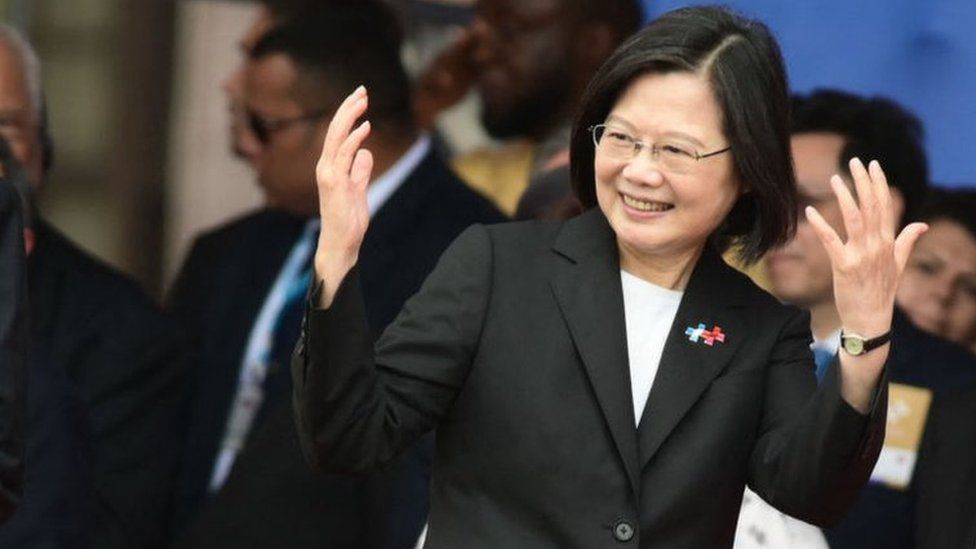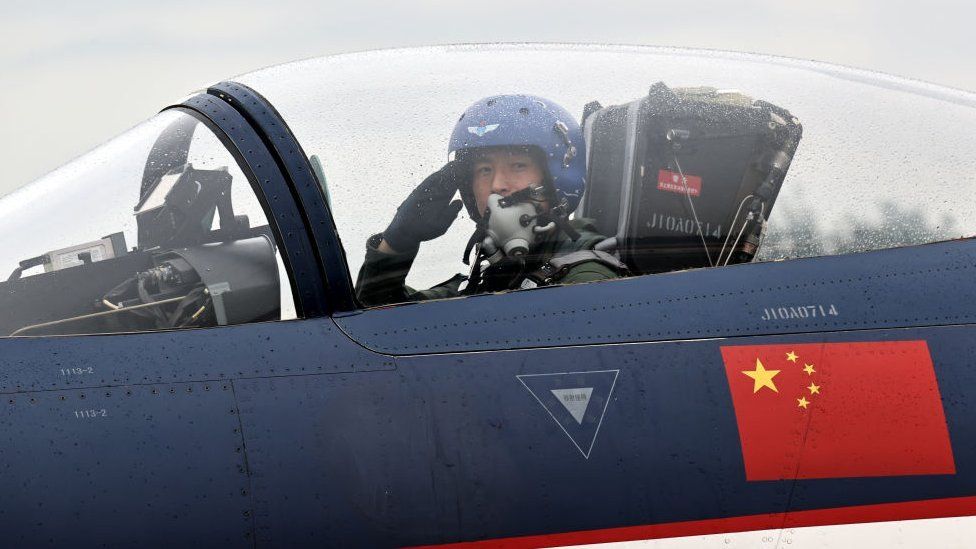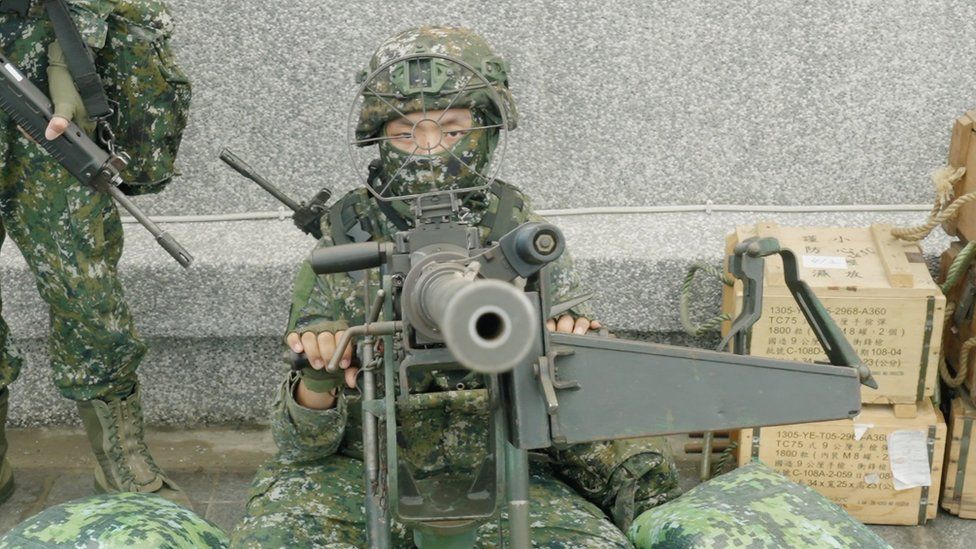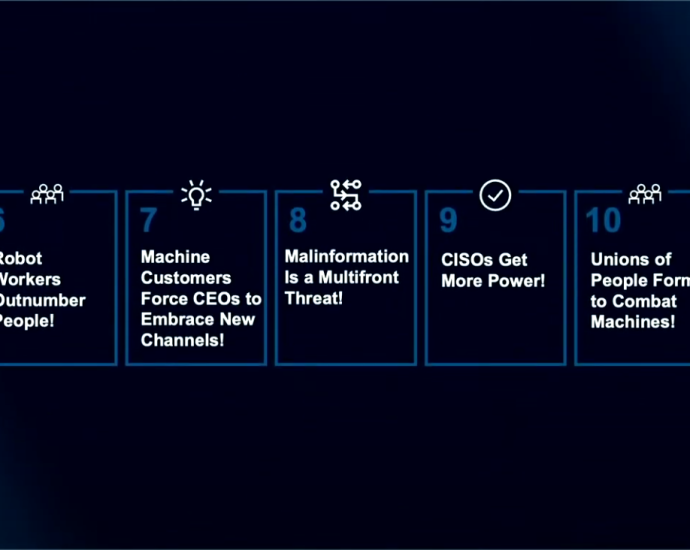US-China stuck in a cycle of tit-for-tat ironies
This is the last of three parts. Read part 1 and part 2.
Successful development like China’s leads to a crucial international transition. When countries are poor and weak, they receive special forbearance to encourage their development. All successful developing countries, including the US, stole intellectual property, denied foreigners access to their markets, and heavily subsidized their companies.
Rich countries reluctantly tolerate this and celebrate successful growth in poorer countries. For instance, the US and Europe complained about but took minimal action against Japan, South Korea, Taiwan and Singapore during the early and middle levels of their development. There is still substantial tolerance for extensive trademark theft by Malaysia, Thailand and India.
In my youth, I bought most of my books as knockoffs at Caves bookstore in Taipei and most of my CDs and video disks as knockoffs in Singapore, and later I bought clothes for my family at the Silk Market in Beijing.
But success brings huge scale that begins to distort global markets and create intolerable damage. That threshold occurred in the 1980s for Japan and later for South Korea, Taiwan and Singapore. Japan’s subsidized and protected cars and consumer electronics threatened to destroy all competitors through unfair competition. The US and EU reacted strongly with tariffs, quotas and other measures.
After a difficult decade, Japan (mostly) accepted the rules of fair competition. Since then, Toyota has often been the world’s biggest car company, but Americans and Europeans welcome Toyotas because Toyota’s victories are achieved by building better cars, not by theft and subsidies.
Developing country victim – or superpower global leader?
China’s success has reached that transition point. Take just one of many examples: When the Chinese fishing industry was small and poor, subsidies were acceptable. Now the coasts of North Korea, Africa and India have very extensive communities that have been impoverished by China’s huge, government-supported fishing fleet.
China’s formerly impoverished fishermen are now depleting fishing stocks and creating hunger along the coasts of South Asia, Africa and Latin America.

Likewise, when China was poor, copying American CDs brought a noisy but in practice minimal response. But now the costs to the US of intellectual property theft are estimated at hundreds of billions of dollars annually, and even small venture firms report over 100,000 computer intrusions per day from China.
When CATL and Huawei threaten to destroy all European competitors because they have access to all world markets while the Europeans are constrained in China, the damaaged parties react. Chinese spokesmen often characterize these reactions as attempts to keep China down. No, they are demands that China accept the responsibilities of success.
In the view of an exceptional range of neighbors, as well as their friends and allies in the US and EU, China has evolved from a victim to a predator – because policies that were acceptable or tolerable when China was weak cause serious damage to neighbors and global markets now that China has become a great power.
China, a country nearing the World Bank’s “high income” status, now demands all the special privileges of a weak, impoverished country while simultaneously asserting itself as a powerful global leader that will reshape the world into a community of common interest as interpreted by China. This contradiction is unsustainable.
China’s international contradiction reflects a domestic contradiction. In space exploration, in military technology and in many aspects of manufacturing industry, China is a modern superpower. Shanghai, especially Pudong, is a world-leading 21st century city. China’s trains, ports, airports, telecommunications and universal wi-fi access make the United States look backward by comparison.
Simultaneously, however, China’s rural healthcare systems, its systems to care for the aged, its pension systems, its insurance systems and its rural financial systems are those of a developing country rather than a modern superpower. China’s poverty reduction has been one of the greatest triumphs of human history, but the standard of living for several hundred million people remains very low.

Its fiscal system, which places most social burdens on local governments while retaining most revenues for the central government, has worked because local governments were allowed to be extremely creative, rule-breaking, financially risky and corrupt. Now, the effort to impose strict rules and financial accountability and to eliminate corruption is mak- ing the skewed distribution of responsibilities and revenues an untenable contradiction.
These contradictions arise because China has chosen in the 21st century to emphasize urban modernity and geopolitical glory over universal well-being for its citizens.
If China refocuses on its domestic social challenges, it will have a solid foundation for global economic and geopolitical competition. If China accepts responsibility for international stability, its fishing boats will be as acceptable globally as France’s. CATL and Huawei could enjoy accepted global preeminence, as Toyota does.
US overreaction
The US overreacts to the damage from these transitions, and it reacts fearfully to a challenge to its global primacy. Its unwillingness to accept massive intellectual property theft and destructive unfair competition is rational and reasonable. But, faced with a rival, America’s status insecurity becomes a triumph of passion over calculation.
US political elites often think and talk as if US global leadership, US global dominance, were some kind of moral right. The prospect that some other system might outperform US-style democracy is perceived as a mortal threat.
Faced with a rival, the US consistently exaggerates the capability and potential – and hence the “threat” – of the rival, which led to the extreme overestimates during the Cold War of the size and capabilities and prospects of the Soviet economy and also, in the late 1970s and 1980s, to extreme fear in important quarters of what was seen as Japan’s imminent superiority.
With Japan four decades ago and with China now, much of the Congressional reaction is populist, emotional, ideological and disproportionately fearful.
Faced with a serious competitor, the US is abandoning its strengths. During the Cold War, the US triumphed by creating a coalition of mutual prosperity, based on the Bretton Woods institutions, which triumphed over a Soviet Union that was autarkic and squeezed its citizens and its allies in the service of an overwhelming priority for the military.
In the competition with China, the US has crippled the expansion and modernization of the Bretton Woods institutions because expansion and reform would greatly enhance China’s role. Ironically, this has created a vacuum into which China’s Belt and Road Initiative, its development banks, its industrial standards and its currency swap system have moved. Every attempt by the US to pretend that China is not a big and equal player has backfired.
The US has undermined its own institutional system, refusing to join the UN Convention on the Law of the Sea and the International Criminal Court, preventing the appointment of judges to the World Trade Organization dispute system and abusing WTO rules by falsely arguing that tariffs on things like steel and aluminum are vital matters of national defense.
By abusing the rules-enforcing systems and ignoring the rules, the US undercuts its own core argument for a rules-based system.
By turning inward when the rest of the world is developing the Comprehensive and Progressive Agreement for Trans-Pacific Partnership (CPTPP), the Regional Comprehensive Economic Partnership (RCEP), a more consolidated EU, a Comprehensive Agreement on Investment (delayed, for the time being) and the all-time most comprehensive open trade agreement in Africa, the US risks being left behind by the rest of the world.

Tariffs on steel, aluminum solar panels and much else damage the US more than China. They exemplify the contradictions at the core of Washington’s China policy.
Even more fundamentally, the US responds to a challenge as if it were primarily a military challenge, whereas the whole experience of twentieth-century geopolitics is that the key to long-run geopolitical success is the economic superiority of oneself and one’s coalition.
Military power of course remains important, but Beijing has seemed to understand better than Washington that the path to global leadership lies primarily through economic preeminence, both domestically and in international relationships. The Belt and Road Initiative embodies that understanding, just as US emphasis on the Bretton Woods system once did.
The two countries’ contrasting strategies in Africa (building infrastructure versus providing anti-terrorist military teams) symbolize that difference. America’s inward turn weakens its own economic performance and increases tensions with allies and partners. Gutting its diplomatic arm, its aid programs and, in 1999, its information service (the United States Information Service) has combined with its meager support for the Bretton Woods institutions to weaken its global leadership role and raise the risk of military conflict.
Ironically, the current administration in Washington justifies all this as “a foreign policy for the middle class,” based on the manufacturing jobs fallacy analyzed at the beginning of this essay.
Tit for tat ironies
In another layer of irony, however, China appears to be duplicating this American error as it raises the priority for security relative to economic development.
For three decades, the leaders of China and America wisely created perhaps the greatest generation of peace and development in human history. There were differences, conflicts, tensions and risks, and there always will be. But currently, both sides are magnifying the problems rather than managing them.
Both sides are avoiding difficult domestic dilemmas by blaming problems on the other. Both are pursuing geopolitical aspirations in ways that harm their domestic economies and popular welfare. In both cases, doing this actually weakens their long-term geopolitical prospects.
A reset will require not just diplomatic adjustments, but also fundamental shifts in the management of domestic politics.
William H Overholt ([email protected]) is senior research fellow at the Harvard Kennedy School’s Mossavar-Rahmani Center for Business and Government.
This article, first published in the China International Strategy Review, is slightly abridged and republished under a Creative Commons Attribution 4.0 international license.

